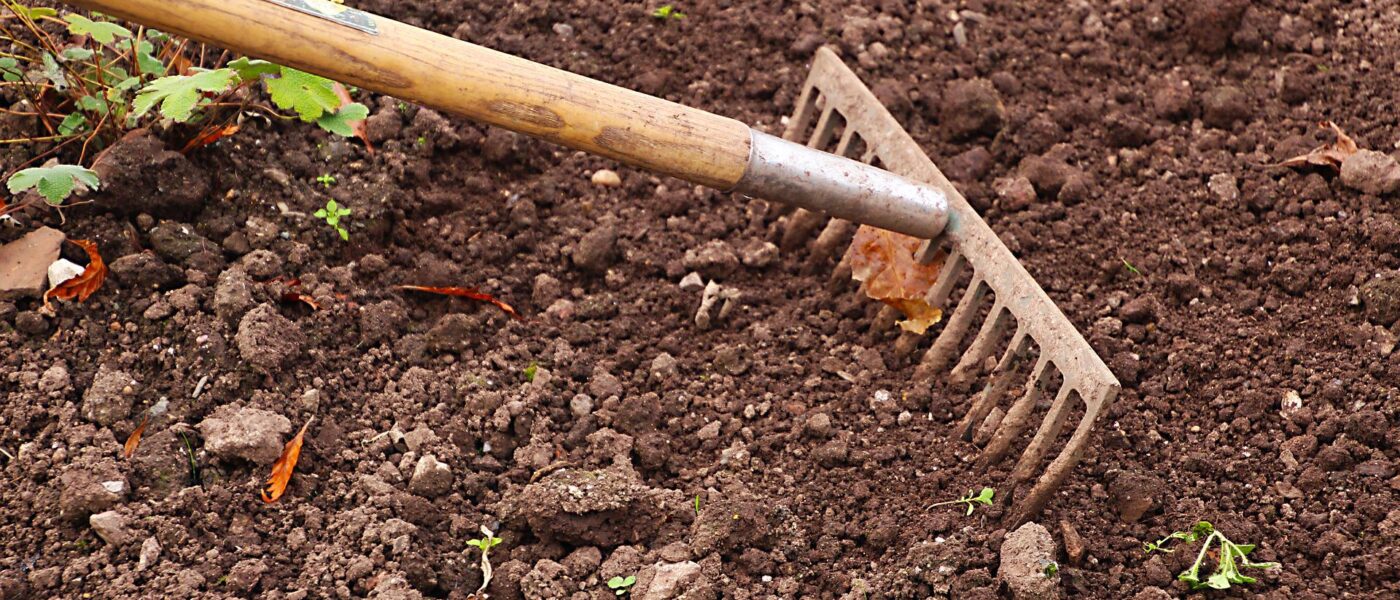Revegetation and soil microorganisms
By Patrick Regnault
When we think about revegetation it is common to think solely about the plantings. We need to take into account the bigger picture which includes the soil and its microbial composition.
Revegetation is usually interpreted as the process of reintroducing suitable plants in an area where the previous ecosystem has been too damaged to naturally regenerate. This definition is somewhat narrow as it excludes what is happening below the ground. The soil ecosystem, its complexity and health, underpins the potential success of what we try to achieve with revegetation.
There is a belief that by revegetating with native and endemic species the soil biota will automatically restore itself to its original state. Studies have shown there is some truth in that but very little is known about soil fauna and flora composition prior to original habitat destruction. We have no way of assessing the microbial restoration in revegetation plantings, although the desired outcome is that it would be comparable to a similar untouched ecosystem.
What has been observed is that given time and proximity to a remnant vegetation, it is much more likely that the revegetated area and the soil food web will end up in many ways comparable. This is because over time, soil organisms from natural remnants will hitch a ride in water run-off, and with birds and mammals attracted to the new planting as it establishes. The key word here is TIME. Revegetation efforts are insufficiently monitored in the long term for us to know, with certainty, whether the biodiversity has returned to something akin to its original state.
In the urban environment, the soil biome in revegetation projects can be seen in a broader context because often the original habitat is so long gone. Re-greening is about diversity which has its foundation in the soil biome.
There are a variety of ways we can improve the soil biome. The addition of organic matter will help but it does not need to be in large quantities. A thin layer of mushroom compost and mulching using legume straw can have a significant impact in promoting the soil food web. These organisms will in turn adjust the pH to suit themselves. If earthworks need to be done, it is essential that the soil layers are respected. Top soil has to be separated and placed back on top. In some cases it may be worth inoculating the soil with a suite of bacteria and fungi.
Soil microorganism research has taken off and has comprehensively shown that soil microorganisms have an important role in biodiversity, climate regulation through plant population and ecosystem function and top soil formation. The most persistent form of soil carbon comes from dead microbial bodies. Soil microbes help to sequester soil carbon as well as transforming nitrogen gas to a plant usable form. A healthy soil will greatly reduce the need for fertiliser.
What we observe above ground has its origin in the tiny world under our feet. Plant nutrition is greatly affected by the interaction of organisms in the rhizosphere. A healthy soil biodiversity has an effect on the plants ability to resist stresses such as disease, drought, salinity, extreme temperatures, nutrient deficiency and pollutant toxicity.
The role of soil microbial diversity in the revegetation process needs to be a priority regardless of the scale of the planting. Soil health is the diversity of soil organisms and their interrelation. Our awareness of microbial diversity’s role in revegetation efforts and habitat restoration needs to improve if we are to be effective in dealing with the future challenges coming.
Patrick Regnault FAIH RH0062
Interactive Landscapes
E: patrickregnault@hotmail.com
Main photo: A healthy soil will greatly reduce the need for fertiliser. (Image: Pixabay Dean Moriarty)

